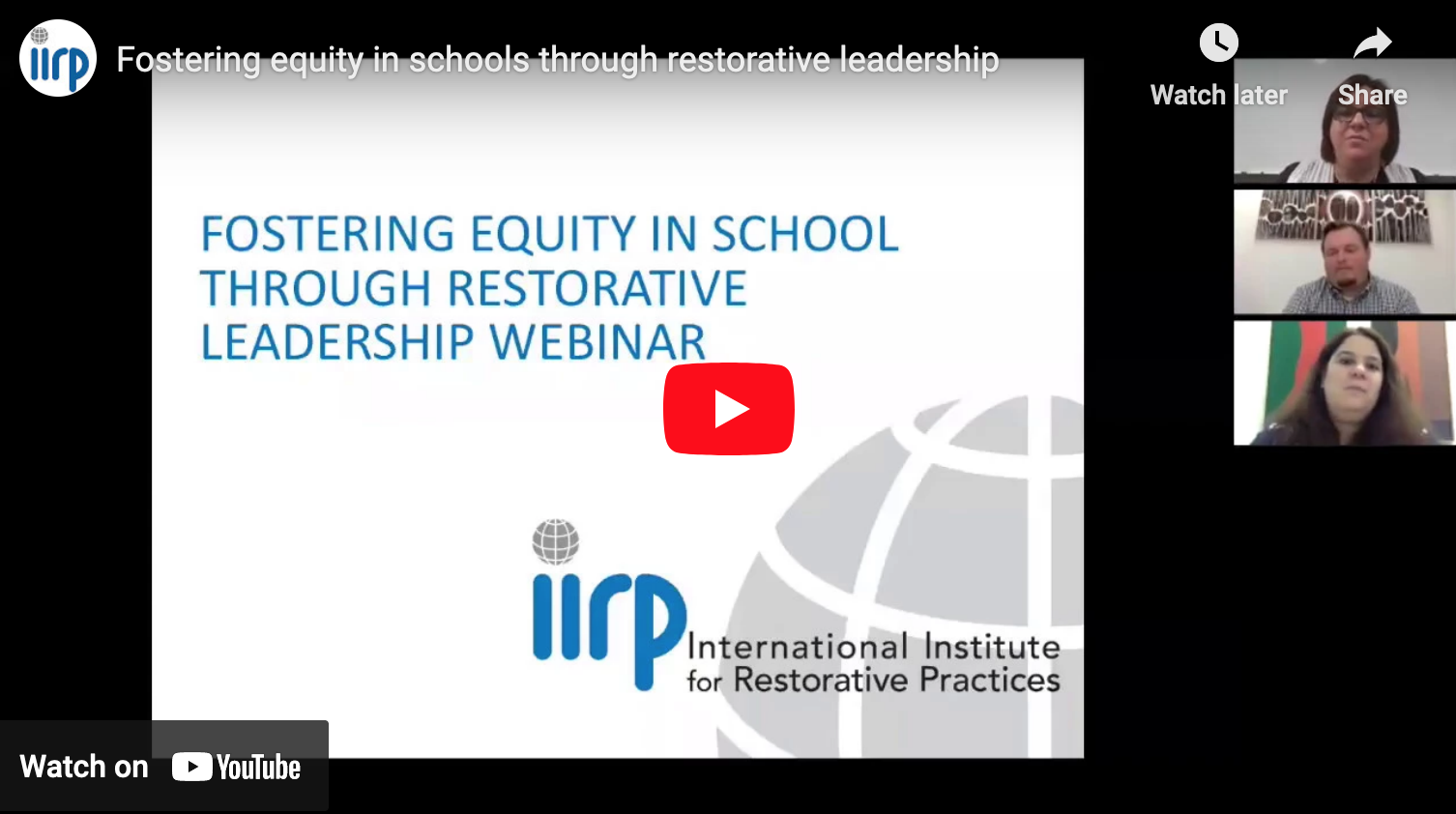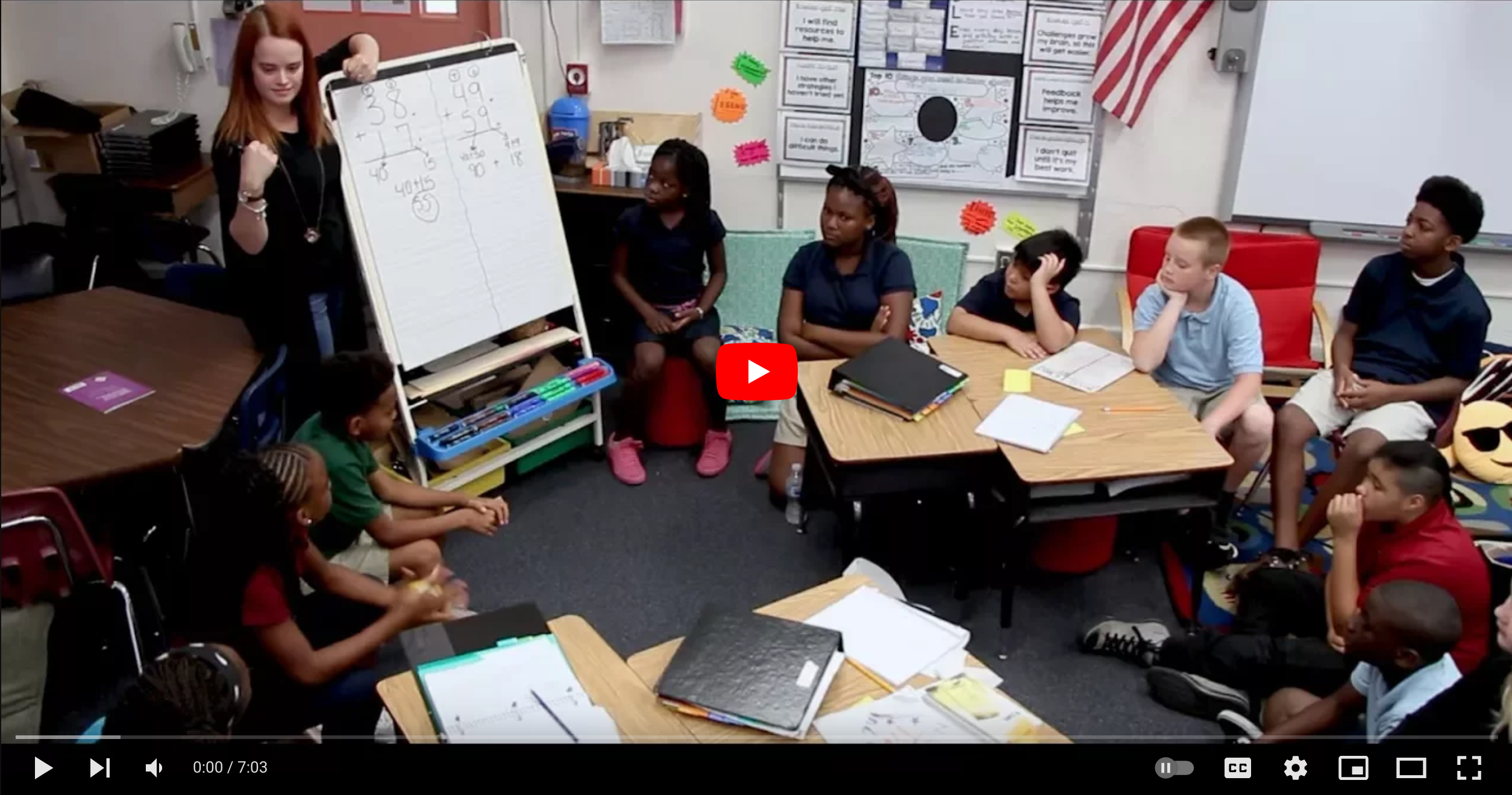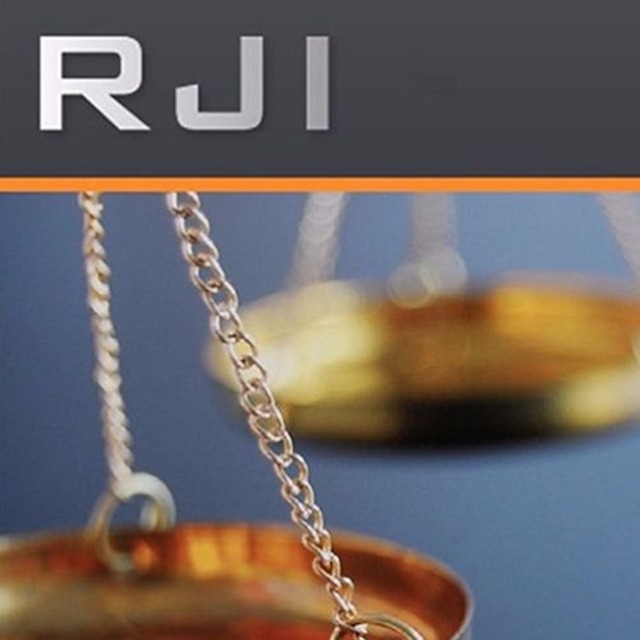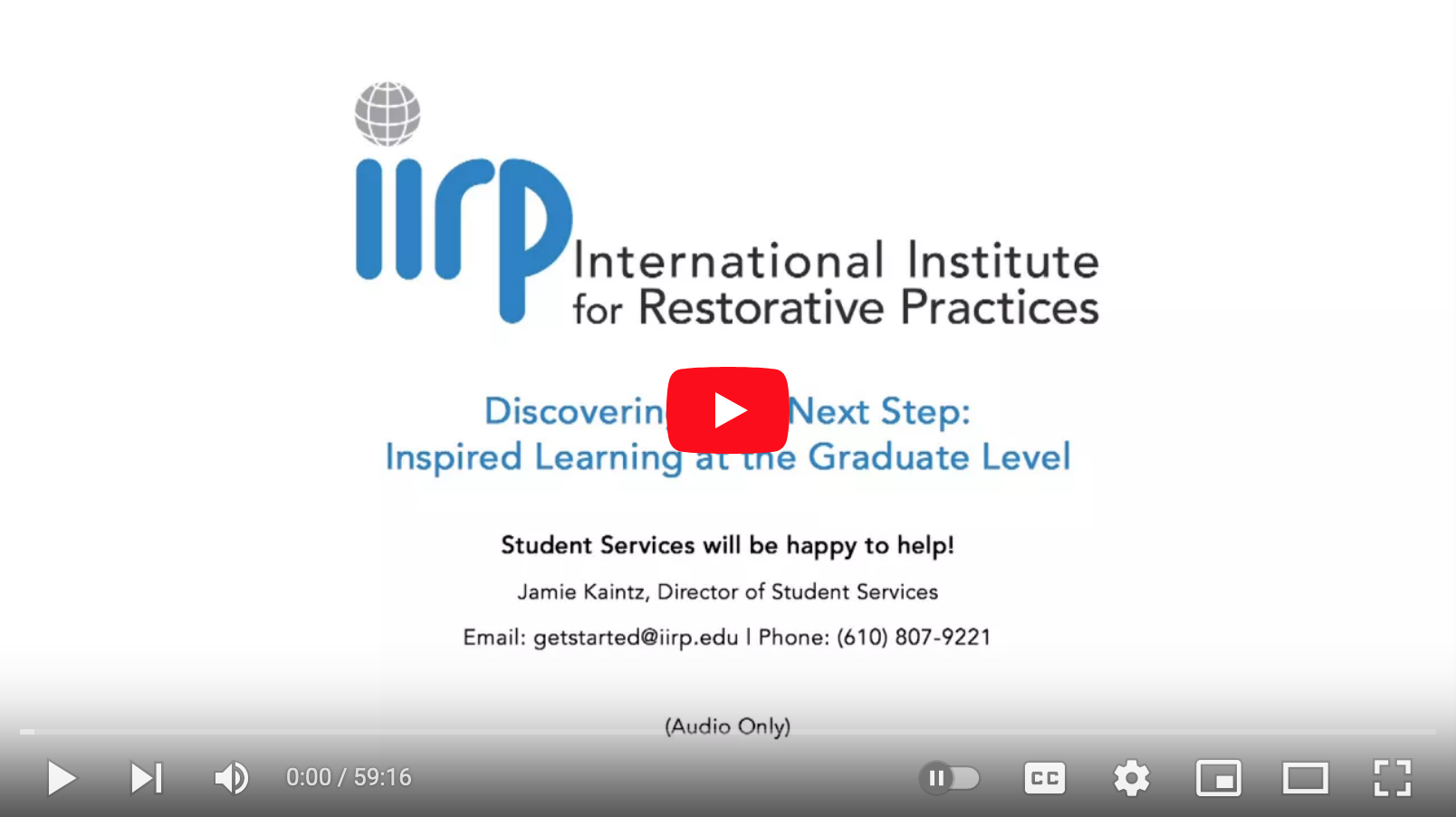News & Announcements
- Details
- Written by IIRP Staff
 Our friends at New York City's Restorative Justice Initiative, founded by attorney and restorative practitioner Mika Dashman, have produced a series of inspiring videos to explore various aspects of restorative practices. This 10-minute film gives voice to 16 New York City-based restorative justice practitioners and advocates who were asked a series of questions about what restorative justice is and why it's important. It also depicts restorative justice practices being implemented in New York City and includes voices of youth involved these practices.
Our friends at New York City's Restorative Justice Initiative, founded by attorney and restorative practitioner Mika Dashman, have produced a series of inspiring videos to explore various aspects of restorative practices. This 10-minute film gives voice to 16 New York City-based restorative justice practitioners and advocates who were asked a series of questions about what restorative justice is and why it's important. It also depicts restorative justice practices being implemented in New York City and includes voices of youth involved these practices.- Details
- Written by Joshua Wachtel
The IIRP Canada Conference, Leading and Sustaining Change, in Toronto April 30 - May 2, will include a featured panel that brings together a range of Aboriginal voices from across the country. "Indigenous Communities Engaging in Restorative Action to Promote Reconciliation" is being organized and facilitated by IIRP Canada Regional Representative Gayle Desmeules, who is of Métis descent, a native group that traces their heritage to both Indigenous North Americans and early European settlers.
Desmeules, who formally joined IIRP Canada last year but has been an IIRP licensed trainer since 2008, has a long and varied career that reflects many of the changes happening in Indigenous communities in Canada. As a child of someone who survived the residential schools — a system that separated Aboriginal children forcibly from their parents and assimilated them into the white community — she has firsthand knowledge of the impact that system had on her community and the legacy of trauma it created. She has dedicated her life to seeking solutions to better the conditions of Indigenous people in Canada.
- Details
- Written by Kristin Oakley
Restorative practices makes the biggest impact on students when school leaders understand how to engage with teachers and staff to effect real and sustaining change. Join Dr. Joyce Mundy, Stetson University, along with IIRP Instructors Koury Cook and Elizabeth Smull, as they share their experiences transforming school culture in large, diverse school districts.
- Details
- Written by John W. Bailie, Ph.D.
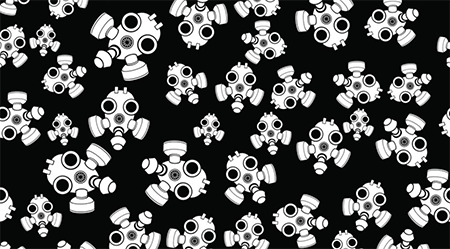
In my previous article, Conflict: Love It and Lead It, I said:
The highest performing groups learn that they need group members who are willing to lead conflict – not just manage it or resolve it. Within the roots of conflict lie the life blood of creativity, possibility, self-knowledge and group evolution.
Many years of experience as a leadership coach and organizational change consultant have proven this fact to me again and again. The presence of conflict within a work team, along with leaders who are skilled at managing it, is a sign of group health and an indication of that team’s potential to perform beyond normal expectations. The mediocre team seeks calm, avoids conflict and keeps the peace. The high performing team pushes boundaries, exposes contradictions and raises difficult interpersonal questions that often cause temporary friction among team members.
Instead of settling for the immediate gratification of conflict avoidance, high-performing teams sacrifice short-term peace for long-term health and performance.
- Details
- Written by John W. Bailie, Ph.D.

Working with troubled youth and coaching leaders is pretty similar.
I’ve done both, and I find it much easier to work with a drug-addicted or gang-involved teenager than with a CEO. Teenagers tend to be pretty blunt and upfront with their opinions, emotions and motivations. Even with the “toughest” kids, once you learn how to get through the thick outer shell, you usually find a whole lot of raw emotion and realness. On the other hand, adults (especially professionals and leaders) typically have much more complicated methods to hide, mask or otherwise obscure what’s really going on inside. It’s checkers vs. chess. Sometimes it’s checkers vs. 3-D underwater chess.
- Details
- Written by IIRP Staff
Teachers and administrators at Pinellas County Public Schools in Florida share what they appreciate about restorative practices talking circles.
- Details
- Written by Laura Mirsky
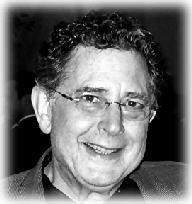 The IIRP would like to pay tribute to Donald L. Nathanson, M.D., who passed away December 27, 2017. Dr. Nathanson's work on Affect Theory, and shame, in particular, was an important influence on the development of restorative practices.
The IIRP would like to pay tribute to Donald L. Nathanson, M.D., who passed away December 27, 2017. Dr. Nathanson's work on Affect Theory, and shame, in particular, was an important influence on the development of restorative practices.
The former Director of the Silvan S. Tomkins Institute and author of the book, Shame and Pride: Affect, Sex, and the Birth of the Self, Dr. Nathanson developed the Compass of Shame to illustrate the various ways that human beings react when they feel shame. He maintained that it is through the mutual exchange of expressed affect that we build community, creating the emotional bonds that tie us all together. He also stated that restorative practices such as conferences and circles provide a safe environment for people to express and exchange emotion. Dr. Nathanson presented some of these ideas in From Empathy to Community, at the IIRP World Conference: "Conferencing: A New Response to Wrongdoing," August 6-8, 1998, in Minneapolis, Minnesota, USA.
- Details
- Written by IIRP Staff
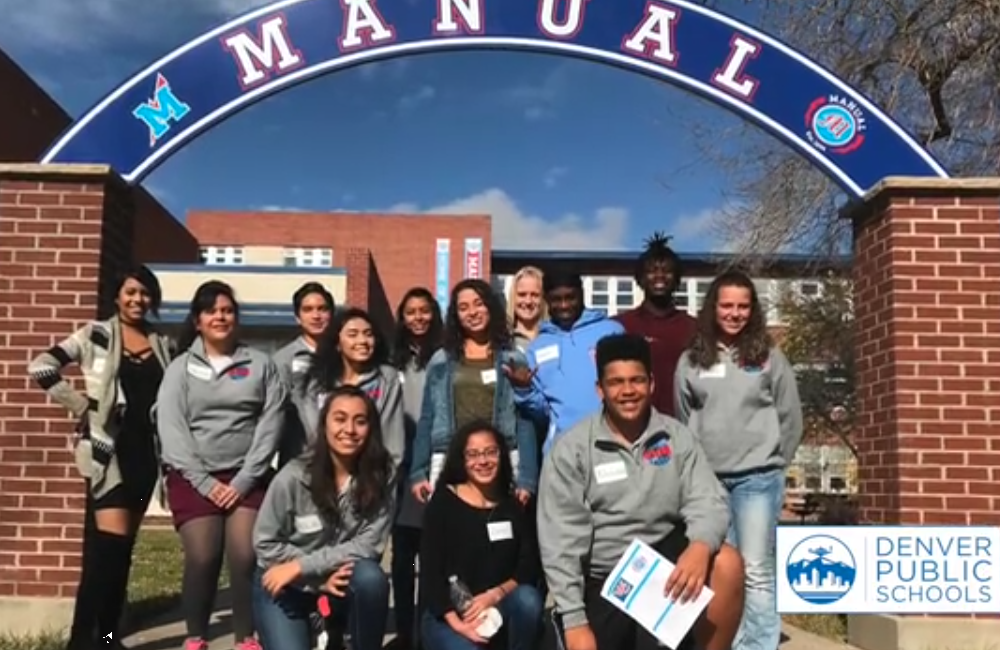 After racial tensions erupted during a high school football game, the conflict hardened and spread throughout the two competing schools. Both communities feared that the situation would escalate and grow violent. But the two groups participated together in restorative circles and dispelled the issue, breaking barriers in ways no one expected.
After racial tensions erupted during a high school football game, the conflict hardened and spread throughout the two competing schools. Both communities feared that the situation would escalate and grow violent. But the two groups participated together in restorative circles and dispelled the issue, breaking barriers in ways no one expected.
- Details
- Written by Joshua Wachtel
Lisa Rea, president of Restorative Justice International, recently interviewed IIRP President John W. Bailie, Ph.D., and Michigan Regional Representative Rev. Henry L. McClendon, Jr. The half hour discussion revolves around the IIRP's "Toward a Restorative City" project in Detroit, which serves as a window into understanding the IIRP's history and mission, its work in the areas of justice and schools and the relationship between restorative justice and restorative practices.
- Details
- Written by Kristen Webber
Kevin Jones was ready to retire from a distinguished career working with youth when he discovered restorative practices and the IIRP. Re-energized to continue working, he dove into graduate education without knowing where it would take him. In this discussion with IIRP Provost Craig Adamson, Ph.D. and Director of Student Services Jamie Kaintz, Kevin will share his journey of how the graduate school helped him engage in a brand new facet of a long and varied career. Attendees will be invited to participate in a question and answer session following the discussion.

Restorative Works Year in Review 2023 (PDF)
All our donors are acknowledged annually in Restorative Works.

